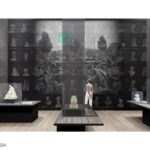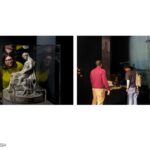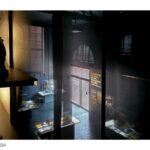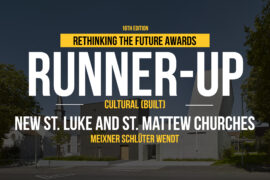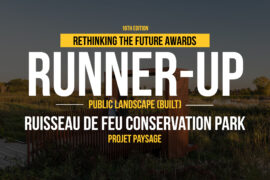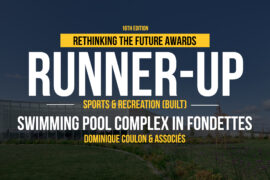Within the walls of his studio, Edward Valentine sketched, molded, and cast art that would support the narrative of the Lost Cause. Valentine was an artist, a white man who casually accepted the predominant racist ideas of his time and class.
Rethinking The Future Awards 2024
Second Award | Exhibition Design (Built)
Project Name: Sculpting History and the American Myth
Category: Exhibition Design
Studio Name: Studio Joseph
Design Team: Wendy Evans Joseph, Principal
Monica Coghlan, Director of Design
Ruben Gomez, Designer
Wonwoo Park, Designer
Alexandra Adamski, Designer
Ksenia Dynkin, Content and media strategy
Brandon Studer, Graphic Design
Anthony Roy , Graphic Design
Area: 640sf
Year: January 2024
Location: 1015 E Clay St, Richmond, VA 23219
Consultants: Contractor: Capitol Exhibit Services Inc
Chuck Schweider, Project Manager
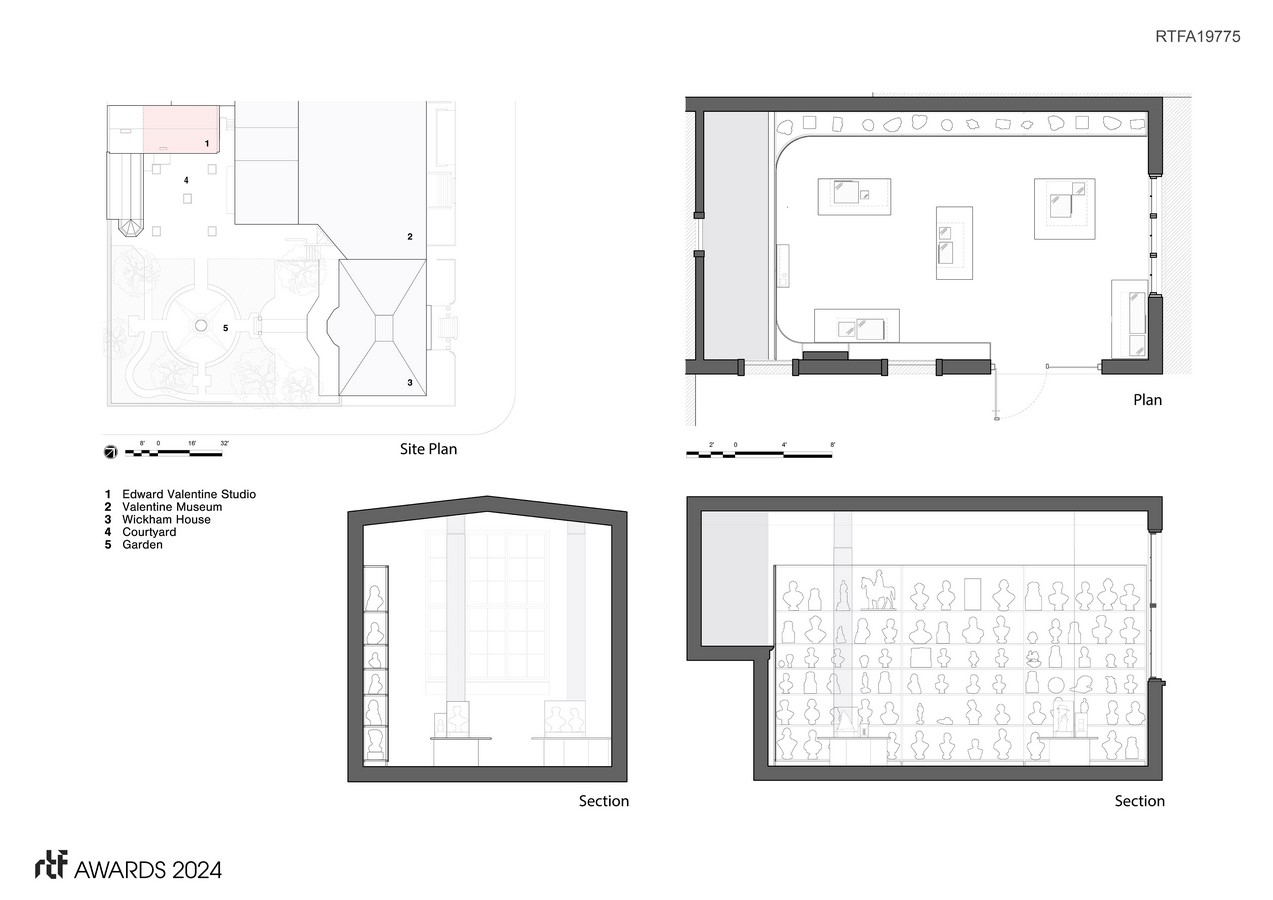
The exhibition interrogates the Valentine Museum’s history and responds to the contentious conversations around monuments. It reexamines the impact of the Lost Cause myth locally and nationally. In 2020, while Richmond’s Confederate monuments were coming down, the museum undertook an ambitious plan to reinterpret Edward Valentine’s sculpture studio to address these specific issues and the national conversation about America’s complicated history.
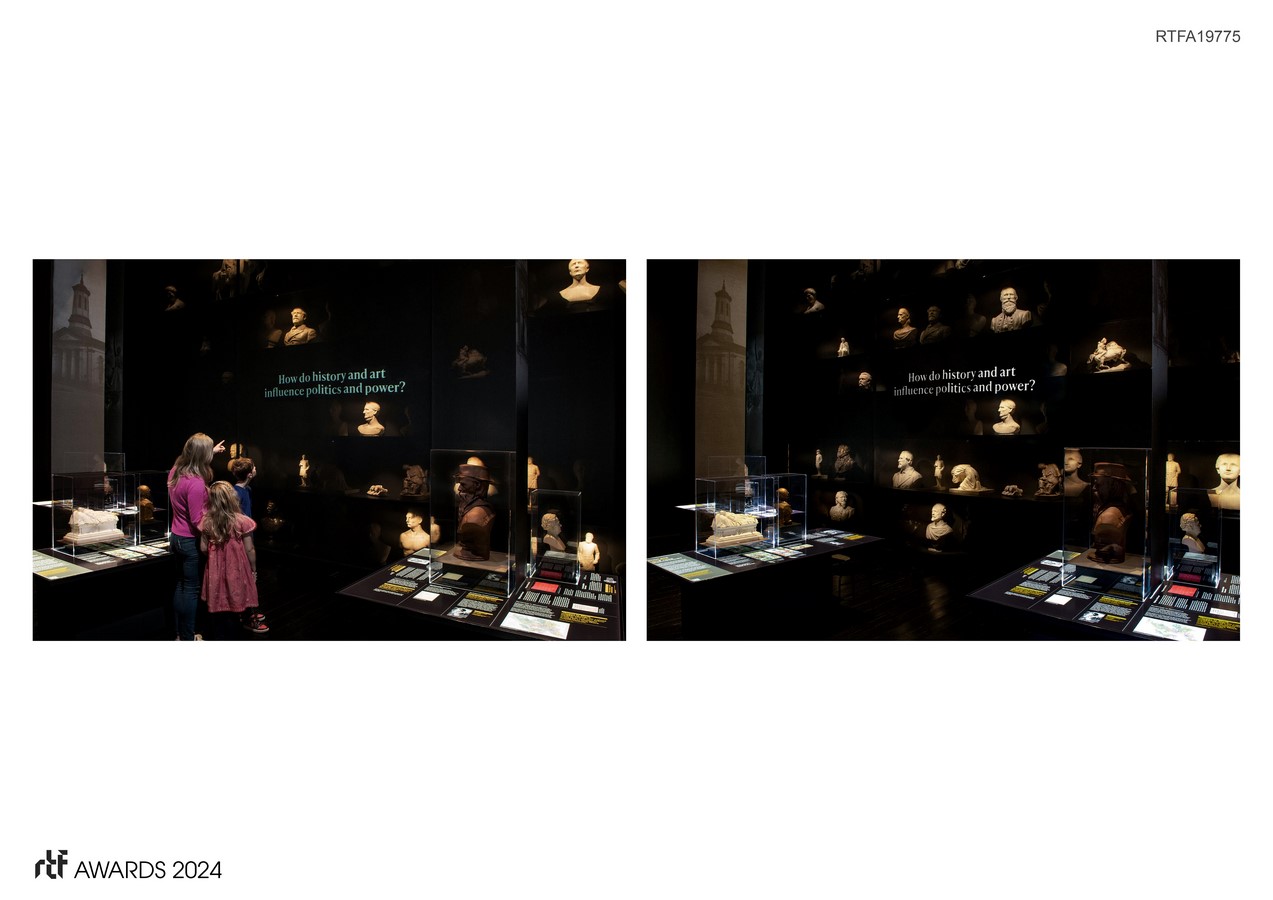
Community
Community engagement was integral to making this project with input before and at multiple points during the design process. Designing through the lens of community amplified their voices and gave them agency. The ability to exhibit in the actual studio of Edward Valentine, the eminent Lost Cause sculptor, demonstrates how architectural space can affect meaningful storytelling. We show that the process is part of the solution, and respect for DEIA requires a change of methodology, listening, and boldness.

Exhibition Design
The narrative embraces history via multiple perspectives, combining physical display and a media-driven experience that is educational and highly emotive. The studio is 640 square feet with a single point of entry. The original wood floors, windows, fireplace, and balcony remain. Work included fire safety, structural and mechanical upgrades, repainting the walls, and restaining the floors.
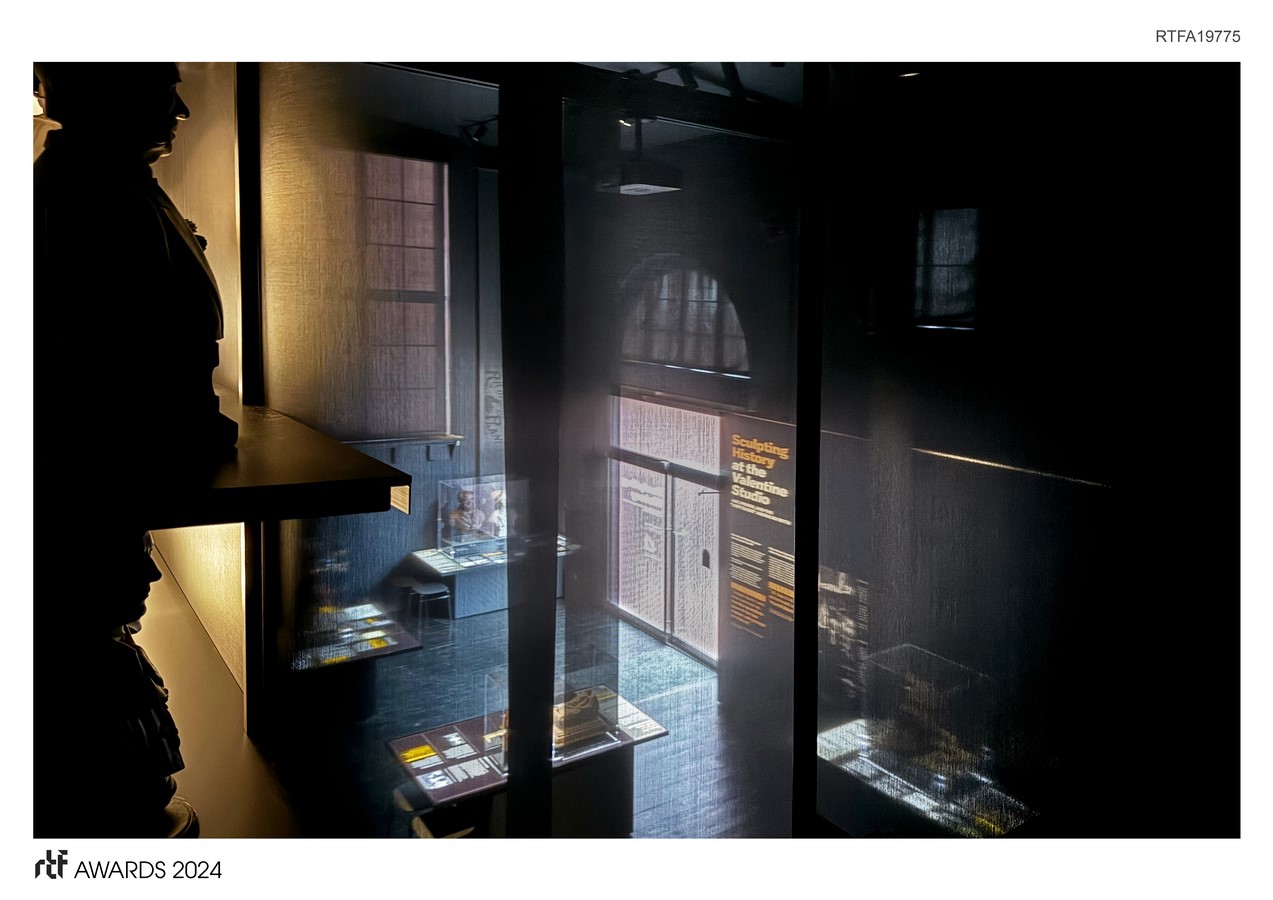
- Tables: Each table (about 36” x 72”) presents a theme or tactic of racist oppression, including education, politics, religion, money, and violence. The tables support back-lit graphics, embedded cases with artifacts, and vitrines with sculptures. Vertical scrims reach from the table vitrines to the ceiling. They are printed with graphic representations.
- Intro: There is wall text with images and interpretive text. The wall simplifies the studio volume, curving the corner by the balcony. The graphic imagery, fonts, and minimal use of color are part of a highly reductive yet bold presentation.
- Media projection: A 15-minute film of the Lost Cause movement and its intention and addresses explicitly employing monuments as propaganda. It includes the eventual dismantling of Monument Avenue in Richmond. We illuminate specific sculptures as they relate to the narrative at different times during the presentation. This way, we take the power away from these pieces and return it to the community.
- Community Response: There is an area for visitors to write their feelings and share them with the museum and others. Many are on display and later also communicated on the museum’s website. Ongoing educational programs for the community help everyone to understand history.
- Sculpture Shelf: 86 busts are displayed on seven shelves, reaching a height of 16 feet behind a scrim. There are two modes of lighting. A continuous LED strip allows for overall soft illumination of groupings or the entire collection. Mini spots work in sync with the narrative, illuminating single pieces.


